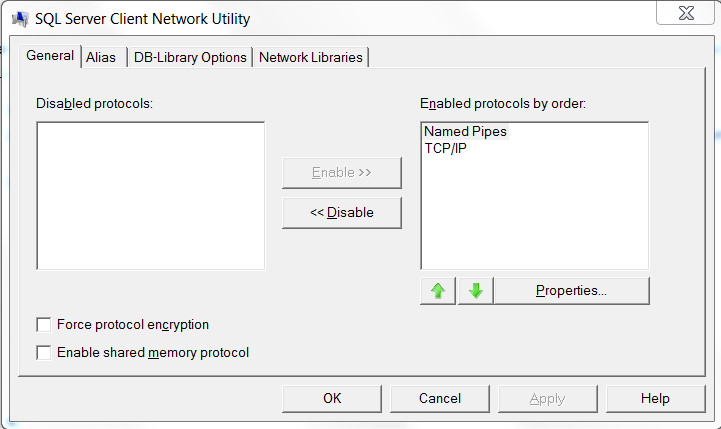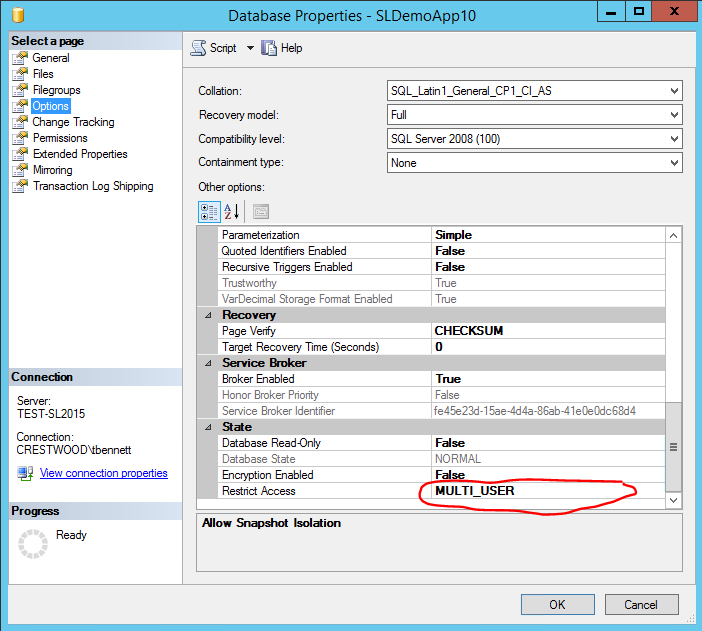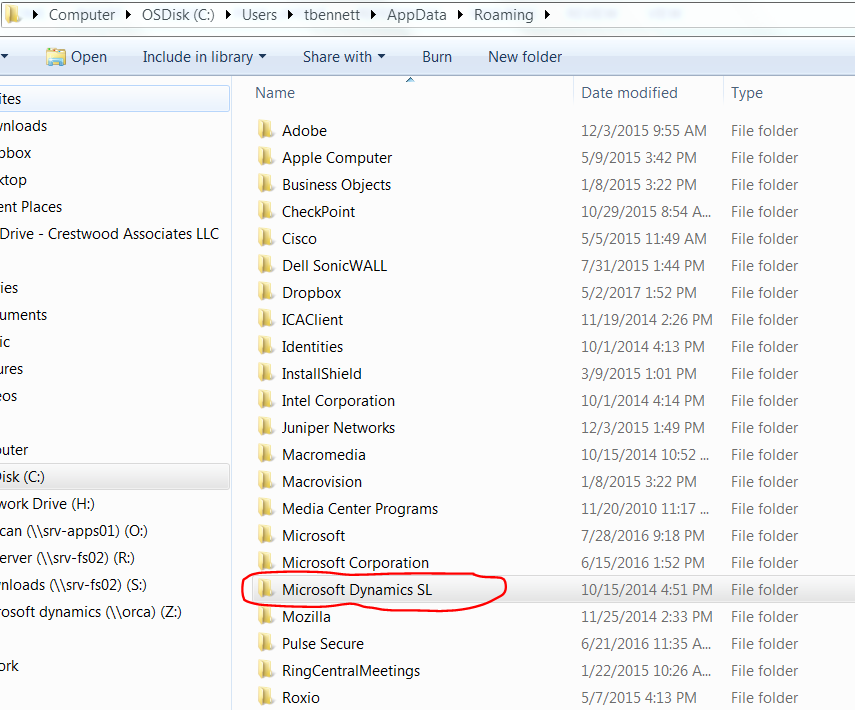One of the most common workstation errors we see is the 5003 error, when the user cannot access the SQL server and Dynamics SL databases. Here is a list of common resolutions:
- Verify the server name field of the Domain table is valid.
- If using Windows Authentication, verify the user logged into that workstation is properly set up in SL User Maintenance, with the correct Windows User Account filled in.
- Enable Named Pipes and TCP/IP on that workstation:On a 32 bit computer:
Go to start > Run > type cliconfgOn a 64 bit computer:
1. Browse to C:\Windows\SysWOW64
2. Run cliconfg.exe located in that folderThen enable both Named Pipes and TCP/IP:
Also click on the Alias tab, and verify there are no invalid servers listed.
- Verify that the workstation can ping the SQL server.
- Disable the Firewall on the SQL server, or grant the correct SL ports access:
Open port numbers 1433 and 1434. To do this, follow these steps:
a. On the computer that is running SQL Server, click Start, point to Administrative Tools, and then click Windows Firewall with Advanced Security.
b. Right-click Inbound Rules, click New Rule, and then click Next.
c. Click All programs, and then click Next.
d. Click Next, click to clear the Public check box, and then click Next.
e. Type SQL SERVER in the Name box, and then click Finish.
f. In the Inbound Rules pane, right-click SQL SERVER, and then click Properties.
g. On the Protocols and Ports tab, click TCP in the Protocol type box.
h. In the Local Port box, click Specific Ports, and then type 1433.
i. Click Apply, and then click OK.
j. Right-click Inbound Rules, click New Rule, and then click Next
k. Click All programs, and then click Next.
l. Click Next, click to clear the Public check box, and then click Next.
m. Type SQL SERVER BROWSER in the Name box, and then click Finish.
n. In the Inbound Rules pane, right-click SQL SERVER BROWSER, and then click Properties.
o. On the Protocols and Ports tab, click UDP in the Protocol type box.
p. In the Local Port box, click Specific Ports, and then type 1434.
q. Click Apply, and then click OK to close the SQL SERVER BROWSER Properties dialog box. - Verify that the SQL Database Restrict Access is not set to SINGLE USER. In SQL Management Studio, right click on the database and go to Properties. Click on the Options page:

- Delete the local roaming Dynamics SL profile for the windows user. In File Explorer, browse to C:\Users\<username>\AppData\Roaming and delete the Microsoft Dynamics SL folder. This will rebuild the next time you log into Dynamics SL:

- Synch Ownership in SL Database Maintenance.
- If using Windows Authentication, verify the users have the proper access in SQL to the SL databases. You can delete the user from the SQL database, under the database security node, and then from the main SQL Security node all together. Then delete and re-add the user to SL User Maintenance to re-set.
- Delete ODBCs on that workstation from the SysWow64 folder.
- Use SL Database Maintenance to set the opposite type of authentication that is currently set. If using Windows Auth, set to SQL Auth. If using SQL Auth, set to Windows Auth. Then set back to whatever authentication you are using.
If you have questions or need some assistance, visit our support page for more help.